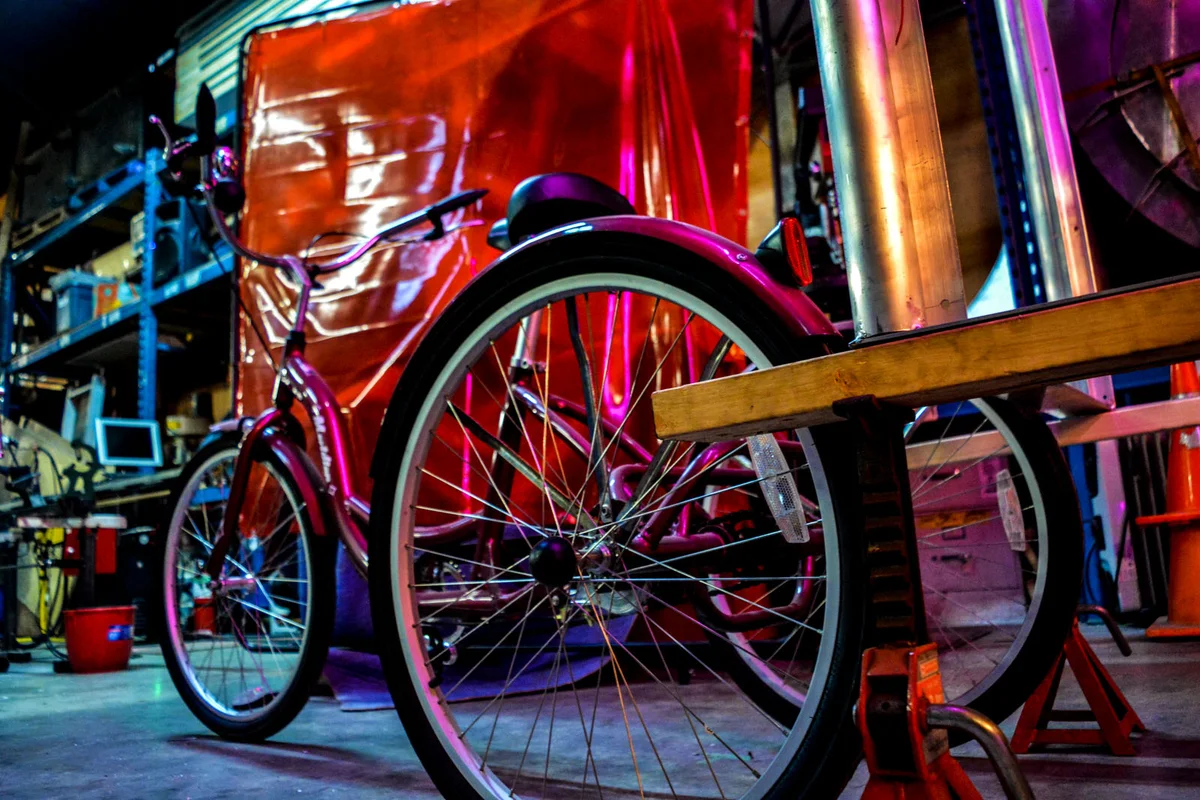
In 1965, the UBC Alumni Chronicle announced the establishment of a new fine arts centre -- a group of buildings at the North end of campus created for the study and exhibition of architecture, studio arts, theatre and music.
Then-President Norman Mackenzie hoped the centre would “place a new emphasis on the arts at a time when science technology and materialism play such a dominant role within our society.” He also anticipated that it would give people something constructive to do with their excess free time in the “leisure society” that seemed to be on the horizon.
As with many lofty plans however, Mackenzie’s vision did not exactly pan out. Instead, science and tech have only become more predominant, people are busier than ever and student attendance at UBC’s artistic events is sporadic at best.
Enter Deb Pickman, Communications and Marketing Manager for UBC’s new Arts and Culture District. When Pickman entered her position last February, she was tasked with creating a strategic plan to “spread the arts and culture gospel across campus” and to attract more student attendees to cultural events.
The result -- an adult-sized tricycle/mobile ticket booth, otherwise known as the Arts Ticket Trike.
“I see it as a bit of the Old West stories that I’ve heard where the doctor comes to town and opens up a kind of medicine show. I think it’s a bit like that -- prescribing art for students,” said Pickman.
The operator of the Trike will act as both a mobile salesperson and a sort of hotel concierge helping to fill students in on events that they might not otherwise hear about. The Trike will sell full-priced tickets for upcoming events as well as discounted seats to same-day shows.
Wild West notwithstanding, Pickman is not aware of any other institutions that have developed a similar tricycle ticket booth.
“It was a little unnerving to see that it hadn’t been done before because you don’t want it to fall over. All of our resources go to student programming and we don’t have room to create a bike that’s not going to work,” she said.
To take on such a whimsical, technically challenging project, Pickman turned to Jonathan Tippett. Tippett is a UBC mechanical engineering alumnus as well as a principle artist with the eatART Foundation which is an initiative that marries art and engineering through projects that bring awareness to human energy use. His current and past creations include Prosthesis -- a three-ton, four-legged wearable walking machine -- and Daisy, the world’s largest solar powered tricycle.
Tippett describes himself as a former “ponytailed, protesting kid” who grew up with Lego and plasticine. He was a natural artist who now uses engineering as his primary medium. His side job involves building neurovascular implants which, on the surface, sounds distinctly more practical than creating giant exoskeletons and kids’ toys. However, Tippett believes that engineering for survival’s sake and engineering for art’s sake are both equally necessary in a society.
“To me, art is important to the quality of the human condition. It might not create food and shelter or heal aneurysms, but I think it’s important that there be a certain amount of human effort devoted to entertainment and creation,” Tippett said.
In this context, the Ticket Trike is a natural fit -- a project that combines art and engineering together in its design to bring students together across campus.
“To take my engineering background and skills and then come back to my alma mater and contribute to a completely different faculty is kind of a nice circle. The engineers always avoided that end of campus, but I was always very much an artist in an engineer’s skin.”
Norman Mackenzie would be proud.

